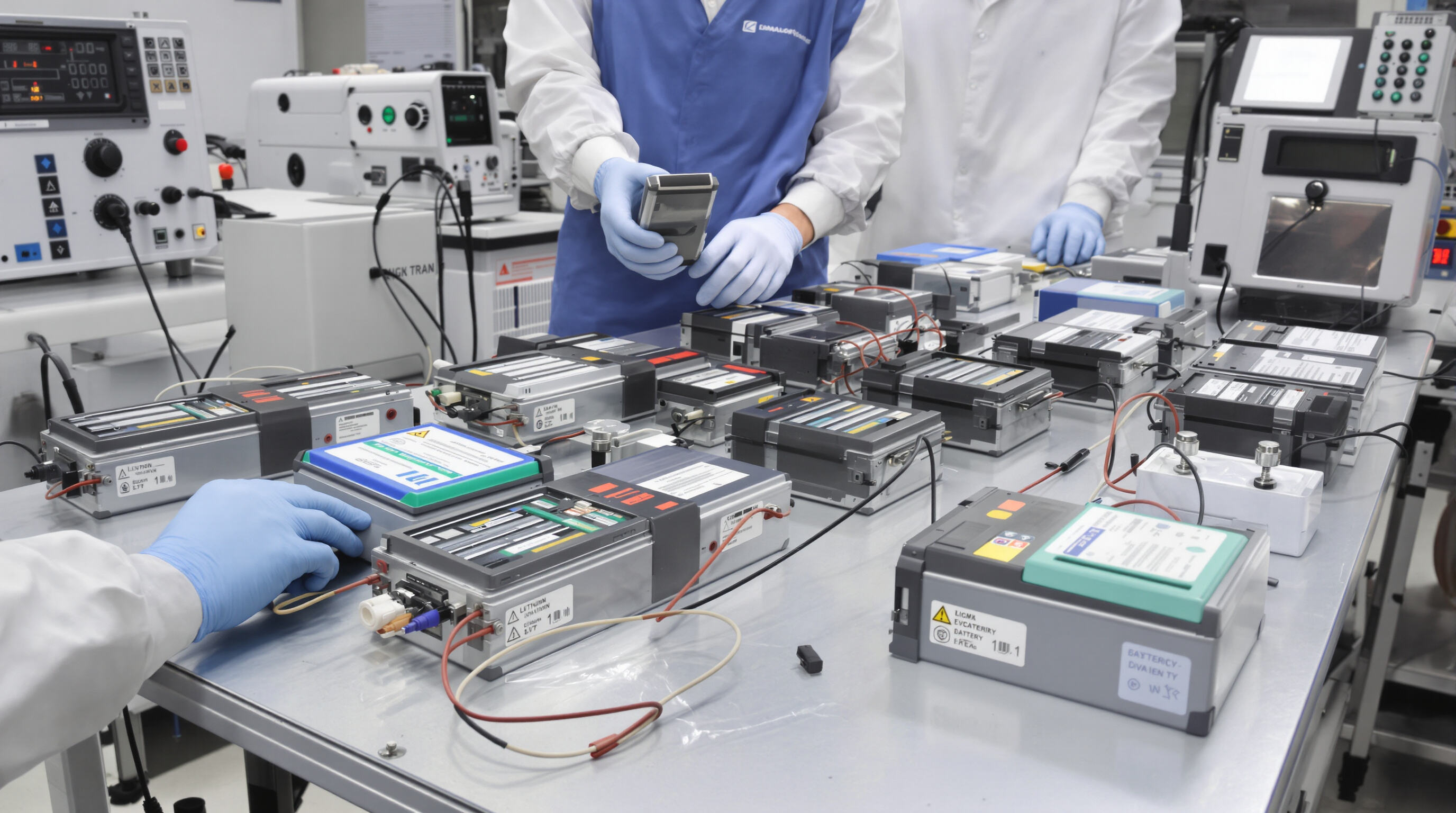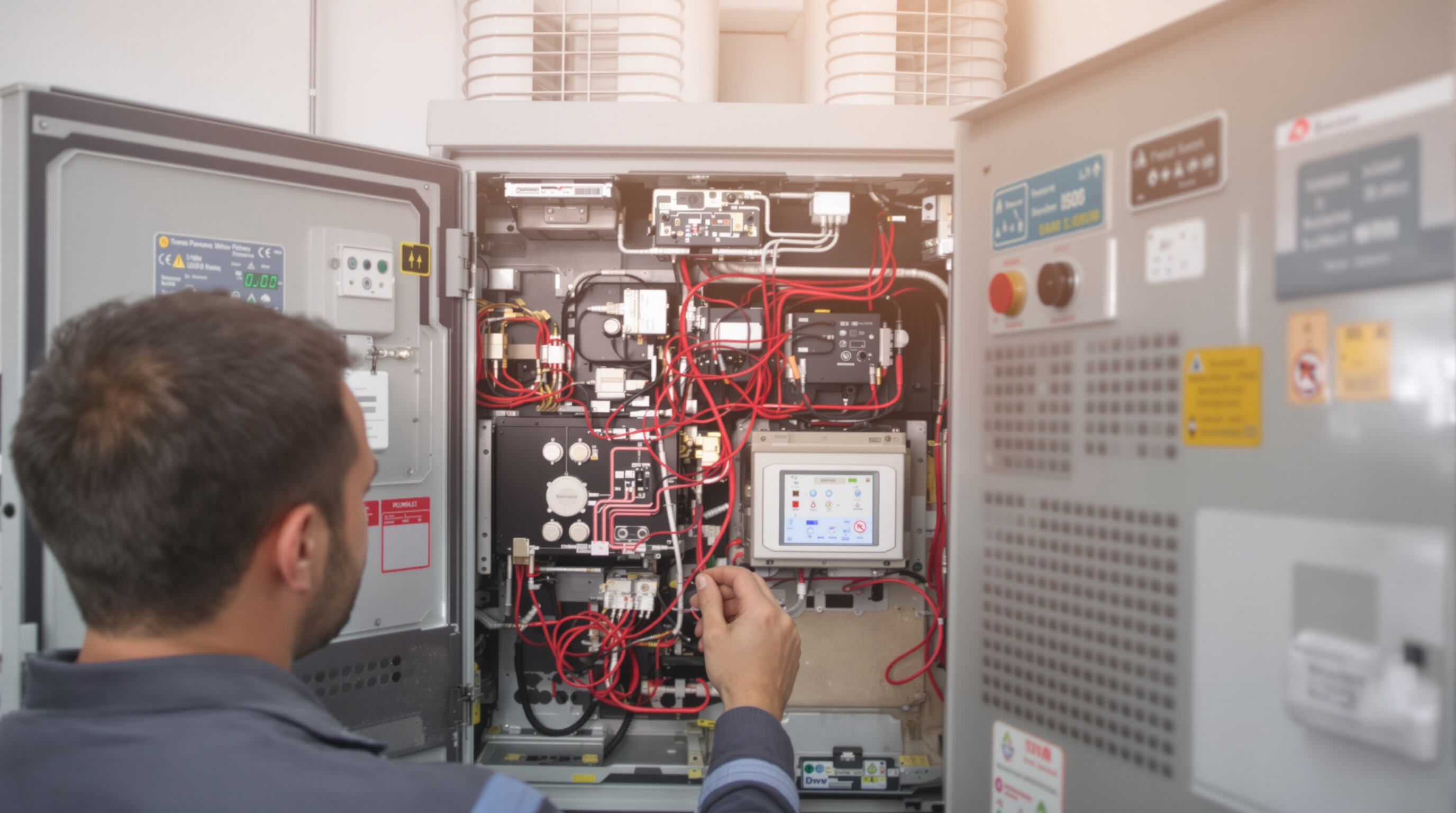When looking at lithium ion batteries for inverters, there are three main specs to consider: capacity measured in amp hours (Ah), energy stored in watt hours (Wh), and the voltage rating (V). Take a standard 100Ah battery running at 12 volts for example. Multiply those numbers together and we get around 1,200 watt hours of stored power. The voltage level matters quite a bit when matching batteries to inverters. Most homes stick with either 12V, 24V, or sometimes 48V setups depending on their needs. What really tells us how long the system will run though is the total energy capacity in watt hours. This number basically wraps up both the voltage and current measurements into one figure that shows exactly how much usable power we have available for our devices.
To estimate runtime:
For example, a 1,200Wh battery powering a 500W load with 90% inverter efficiency delivers about 2.16 hours (1,200 × 0.9 × 500). Always include a 20% safety margin to account for aging, temperature effects, and unexpected load increases.
Actual runtime often falls 10–15% below theoretical estimates due to:
Lithium iron phosphate (LiFePO4) batteries offer superior round-trip efficiency (95–98%) compared to lead-acid (80–85%), making them ideal for frequent inverter use where energy conservation matters.

The depth of discharge (DoD) basically tells us what percentage of a battery's stored energy has actually been used compared to what it can hold overall. When we talk about lithium ion batteries used in those inverter setups, the DoD makes a real difference in two main ways: first, how much actual power is available when needed, and second, how long the battery will last before needing replacement. Lithium ion versions handle deeper discharges better than older lead acid models generally do. But here's the catch: if someone keeps draining these lithium batteries all the way down to empty repeatedly, this puts extra strain on the internal components. The electrodes inside start to degrade faster under this kind of stress, which means the battery won't hold as much charge after many cycles as it did originally.
Battery lifespan increases significantly with shallower discharges. The relationship follows a logarithmic trend:
| DoD Level | Estimated Cycle Count |
|---|---|
| 100% DoD | ~500 cycles |
| 80% DoD | ~1,000 cycles |
| 50% DoD | ~2,500 cycles |
| 20% DoD | ~5,000+ cycles |
Shallow cycling reduces lattice distortion in the cathode, minimizing wear per cycle. Limiting daily use to 30% DoD instead of 80% can quadruple service life before the battery reaches 80% of its original capacity. Temperature also plays a role—operation at 25°C halves degradation rates compared to 40°C.
For optimal balance of performance and longevity:
Lithium iron phosphate (LiFePO4) has become the preferred chemistry for inverter applications due to its safety, longevity, and thermal stability. Its robust phosphate-based cathode resists thermal runaway, making it inherently safer than NMC or NCA alternatives—especially in enclosed or poorly ventilated spaces.
LiFePO4 has an energy density around 120 to 160 Wh per kg, which is pretty much on par with NMC batteries but comes with some major advantages when it comes to staying stable under heat and chemicals. One big plus is that it doesn't contain any toxic cobalt, making the whole recycling process much easier and cutting down on environmental damage. What makes this battery type stand out even more is its phosphate structure that just doesn't let go of oxygen when things get too hot, so there's way less chance of fires breaking out. For people looking at installing solar power systems at home or setting up power solutions in remote areas, these characteristics mean LiFePO4 batteries are often considered the safer bet compared to alternatives, especially since they tend to last longer without failing unexpectedly.
LiFePO4 batteries routinely deliver 2,000–5,000+ cycles at 80% DoD, often outlasting NMC counterparts by two times. This makes them ideal for daily-cycling applications like solar storage and backup power. Their thermal resilience allows safe operation in passive cooling environments, reducing the need for active ventilation systems required by less stable chemistries.
Despite higher upfront costs, LiFePO4 batteries offer lower lifetime expenses due to extended service life—often exceeding eight years with minimal degradation. Lifecycle analyses show amortized storage costs dropping below $0.06/kWh after three years of use, making them more economical than frequent lead-acid or mid-cycle NMC replacements.

The temperature plays a big role in how batteries age over time. When we look at temperatures around 40 degrees Celsius compared to the more moderate 25 degrees, we see capacity loss happening about twice as quickly. This happens because the solid electrolyte interphase (SEI) layer grows faster and there's more lithium plating occurring. On the flip side, when it gets cold out, ions move slower through the battery, which means they can't deliver power as effectively during discharge cycles. Research indicates keeping batteries between 20 and 30 degrees Celsius with either passive cooling methods or some form of active thermal management system can actually prolong their useful life by approximately 38 percent according to various studies conducted in this field. For anyone dealing with battery installations, it's wise to keep them away from direct sun exposure and make sure there's good air circulation around those battery banks.
The lifespan of batteries tends to last longer if we keep the maximum charge voltage under 4.1 volts per cell and make sure the discharge doesn't drop below 2.5 volts per cell. When batteries operate between 20% and 80% state of charge rather than going all the way from empty to full, this actually reduces battery degradation almost by half because it prevents stress on the electrodes inside. Discharging at high currents over 1C can speed up battery aging by about 15 to maybe even 20 percent compared to using more moderate discharge rates around 0.5C. Good battery management systems with smart charging features adjust their voltage settings according to temperature changes, which helps minimize wear over time. However, not all systems are created equal, so choosing one that adapts well to different conditions makes a big difference in long term performance.
To preserve battery health during idle periods:
These practices can delay calendar aging by 12–18 months. Remote monitoring systems provide alerts for temperature spikes or voltage anomalies, enabling proactive maintenance. A well-integrated BMS remains the most effective defense against premature failure.
Use this formula to determine required capacity:
Watt-hours (Wh) = Inverter Load (W) × Desired Runtime (Hours)
For a 1,000W load needing 5 hours of backup, you need at least 5,000Wh. Since lithium-ion batteries support 80–90% DoD (vs. 50% for lead-acid), you can utilize more of their rated capacity. Include a 20% buffer for efficiency losses and surge demands.
| System Size | Recommended Voltage | Capacity Range (Ah) |
|---|---|---|
| Small Home (500W–1kW) | 24V or 48V | 50Ah–100Ah |
| Medium Home/Office | 48V | 100Ah–200Ah |
| Commercial/Heavy Use | 48V or 60V | 200Ah–400Ah |
It's important to ensure that the battery voltage matches what the inverter expects at its input side. Take a 48V battery as an example it needs to work with a 48V inverter system. When there's a mismatch between these components, things start getting inefficient at best or damaging equipment at worst. Another thing worth checking is whether the battery can cope with those sudden power spikes that happen when starting up motors or running compressors. These surges typically require 2 to 3 times the normal operating wattage. Lithium iron phosphate (LiFePO4) batteries tend to perform better in this area because they have lower internal resistance compared to other types. If someone wants smart monitoring capabilities, they should look for systems that support communication protocols like CAN bus or RS485. These allow tracking of critical parameters such as voltage levels, temperature readings, and state of charge (SoC) continuously throughout operation.
By aligning capacity, chemistry, and system design, your lithium ion battery for inverter use will deliver safe, efficient, and long-lasting backup power.
Lithium-ion batteries offer higher energy density, longer cycle life, and superior performance in extreme temperatures compared to lead-acid batteries.
LiFePO4 is preferred due to its safety, thermal stability, and extended cycle life, making it ideal for frequent cycling in inverter setups.
High temperatures accelerate degradation, while cooler temperatures enhance longevity. Optimizing temperature within 20–30°C is critical for maintaining battery health.
For longevity, limit LiFePO4 to ≤80% DoD and NMC/NCA chemistries to ≤60% DoD. Adhering to these limits reduces stress and enhances battery lifespan.
Maintain optimal charge levels, avoid extreme temperatures, and employ partial cycling to extend battery life and prevent degradation.